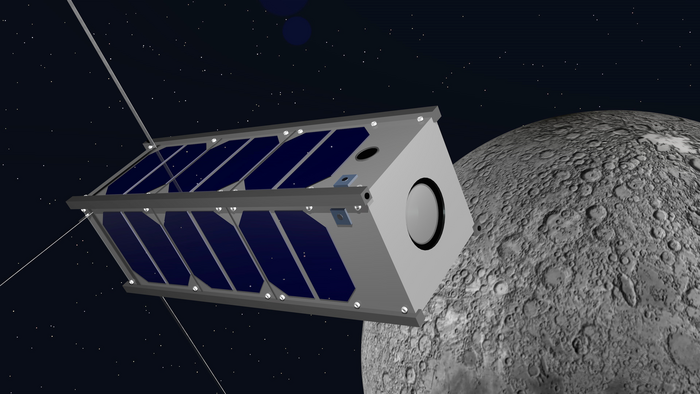Nanosatellites will quickly become key to extraterrestrial missions, experts say
Nasa’s Artemis mission and the ESA’s Hera mission will be supported by nanosatellites

Nanosatellites could be the key to revolutionising human’s exploration off-Earth, with new research being done into what missions should be conducted using them.
The Interdisciplinary Research Centre for Extraterrestrial Studies will tomorrow launch a new, year-long project to investigate what nanosatellite missions in extraterrestrial space should be used for.
These nanosatellites are usually the size of a shoebox and are already being used as a part of lunar missions. These craft can act autonomously, or be linked to the activity of a larger spacecraft.
"A good example is also the Mars Cube One mission, which consisted of two nanosatellites and supported the landing of the MarsInsight mission in 2018," says Hakan Kayal, Professor of Space Technology at Julius-Maximilians-Universität Würzburg (JMU) in Germany.
Nasa’s Artemis programme is using ten nanosatellites to find water and other resources on the Moon, which could assist astronauts in building a lunar base. The European Space Agency’s Hera asteroid mission will also use two nanosatellites on the mission.
“Carrying added instruments and venturing much closer to our target bodies, they will give different perspectives and complementary investigations on this exotic binary asteroid”, era manager Ian Carnelli said in a statement in 2019.
“They will also give us valuable experience of close proximity operations relayed by the Hera mothercraft in extreme low-gravity conditions. This will be very valuable to many future missions.”
As research continues, scientists may be able to control satellites using other autonomous means such as artificial intelligence. "At present, however, we are still at the beginning of such extraterrestrial missions”, Professor Kayal said.
“So far, there are hardly any commercially available components that are suitable for interplanetary missions on board nanosatellites. However, one can assume that this situation will change quickly with increasingly successful missions.”
Last year, a company designed a nanosatellite made of wood that could encourage the use of sustainable materials in space.
“We can test many things in our laboratories but the ultimate test for space worthiness can only be done in space,” Ari Voutilainen, space project manager for wood manufacturer UPM Plywood, told The Independent.



Join our commenting forum
Join thought-provoking conversations, follow other Independent readers and see their replies
0Comments